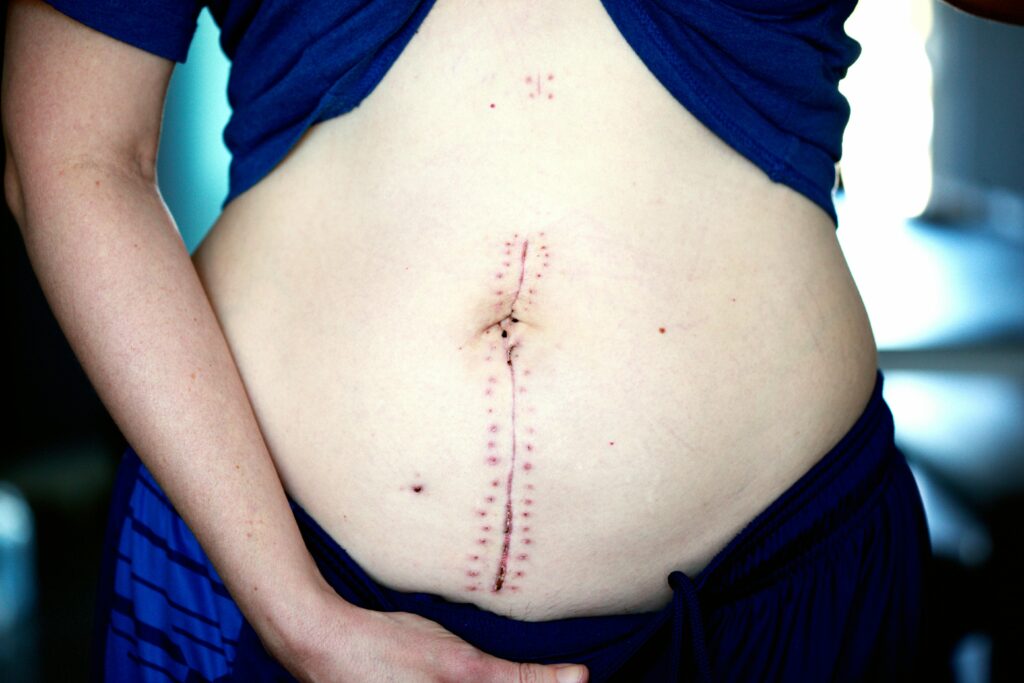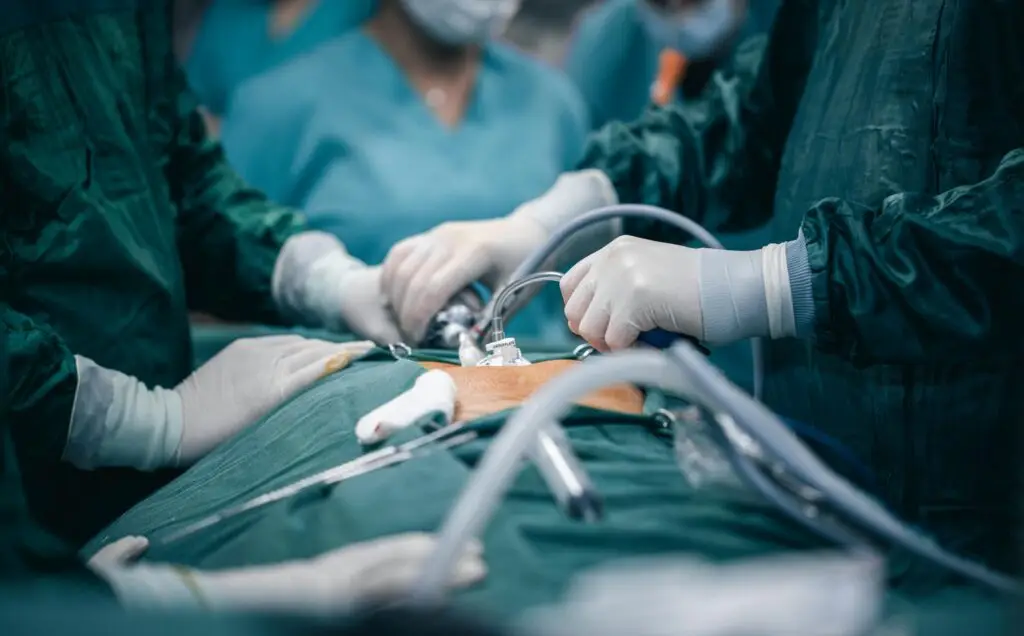
Wound healing is a complex biological process that restores the integrity of injured tissue. While it does not achieve true tissue regeneration as seen in some amphibians, it is essential for recovery. However, the process can sometimes lead to complications such as scarring, adhesions, and contractures. Below is a detailed, sequential synthesis of wound healing concepts from the two provided sources, combining their insights into a cohesive narrative.
1. Wound Definition and Classification
A wound is defined as a disruption of the normal structure and function of the skin and underlying soft tissues. Wounds can be caused by various mechanisms, including acute trauma (e.g., abrasions, punctures, crush injuries, thermal burns, gunshots, animal bites, and surgical incisions) or chronic conditions (e.g., ischemia due to peripheral artery disease, vascular compression, or microvascular occlusion).
Classification of Wounds
- Acute Wounds: These result from identifiable trauma or surgical intervention. They typically heal in an orderly and efficient manner.
- Surgical Wounds: Classified into four categories based on bacterial contamination:
- Clean: Minimal bacterial load, primarily closed after surgery.
- Clean-Contaminated: Some bacterial exposure, often closed.
- Contaminated: Significant bacterial presence, often left open.
- Dirty: Heavily infected, left open for wound care.
- Surgical Wounds: Classified into four categories based on bacterial contamination:
- Chronic Wounds: These fail to progress through the normal healing stages, often due to underlying physiological impairments (e.g., diabetes, peripheral arterial disease, or immobility). Chronic wounds are typically arrested in the inflammatory phase and may require prolonged management.
2. Phases of Wound Healing
Wound healing occurs in overlapping phases, each characterized by specific cellular and molecular activities. These phases are:
A. Hemostasis
- Begins immediately after injury.
- Vasoconstriction and platelet aggregation form a clot to stop bleeding.
- Platelets release growth factors (e.g., platelet-derived growth factor, transforming growth factor-beta) that initiate healing.
- Larger vessels may require additional hemostatic measures (e.g., ligation, electrocautery).
B. Inflammation
- Lasts 2–3 days in acute wounds but can persist in chronic wounds.
- Characterized by increased vascular permeability, edema, and cellular recruitment.
- Polymorphonuclear leukocytes (PMNs) and macrophages remove debris and bacteria.
- Chronic wounds often remain in this phase due to persistent infection, necrotic tissue, or foreign material.
C. Epithelialization
- Basal epithelial cells proliferate and migrate across the wound bed.
- In clean surgical wounds, epithelialization is complete within 48 hours.
- In open wounds, the process is slower and may be impaired by biofilm or senescent cells.
D. Fibroplasia
- Fibroblasts produce collagen, ground substance, and contractile proteins (myofibroblasts).
- Collagen production peaks around day 5 and continues for several weeks.
- Granulation tissue forms, consisting of collagen and new capillaries.
E. Maturation
- Collagen fibers reorganize and cross-link, increasing tensile strength.
- Wound strength reaches approximately 80% of uninjured skin by 6 weeks.
- Scar remodeling continues for months to years, but the wound may never fully regain its original strength.
3. Factors Influencing Wound Healing
Several local and systemic factors can impair or enhance wound healing:
Local Factors
- Site and Structures Involved: Wounds in highly vascularized areas heal faster.
- Mechanism of Injury: Incised wounds heal better than crush or avulsion injuries.
- Contamination: Presence of bacteria or foreign bodies delays healing.
- Vascular Insufficiency: Poor blood flow (e.g., due to arterial disease) impairs healing.
- Pressure: Immobility can lead to pressure ulcers.
Systemic Factors
- Nutrition: Malnutrition or deficiencies in vitamins (e.g., vitamin C) and minerals delay healing.
- Diseases: Diabetes mellitus, immune deficiencies, and chronic illnesses impair healing.
- Medications: Steroids and chemotherapy drugs can slow healing.
- Lifestyle: Smoking negatively affects wound healing.
4. Abnormal Wound Healing
When the healing process is disrupted, complications can arise:
- Chronic Wounds: Arrested in the inflammatory phase due to infection, ischemia, or other factors.
- Hypertrophic Scars and Keloids: Excessive collagen production leads to raised, thickened scars.
- Contractures: Scar tissue contraction limits mobility, especially over joints.
- Adhesions: Fibrous bands form between tissues, often after surgery.
5. Healing in Specific Tissues
Different tissues have unique healing characteristics:
A. Bone
- Healing involves the formation of callus (immature bone) that later remodels into mature bone.
- Primary healing occurs with rigid fixation and accurate opposition of fracture ends.
- Secondary healing may lead to delayed union, nonunion, or malunion if gaps exist.
B. Nerve
- Distal to the injury, Wallerian degeneration occurs.
- Proximal nerve fibers regenerate but may form neuromas if poorly approximated.
C. Tendon
- Healing relies on intrinsic (vincular blood flow) and extrinsic (fibrous adhesions) mechanisms.
- Early mobilization prevents adhesions but requires protection to avoid rupture.
6. Clinical Implications
- Acute Wound Management: Focuses on hemostasis, infection prevention, and timely closure.
- Chronic Wound Management: Requires addressing underlying causes (e.g., diabetes, vascular disease) and promoting progression through the healing phases.
- Surgical Wounds: Proper classification and prophylactic measures reduce infection risk.
Conclusion
Wound healing is a dynamic process involving coordinated cellular and molecular events. While acute wounds typically follow a predictable pathway, chronic wounds and systemic factors can complicate recovery. Understanding the phases of healing and influencing factors is crucial for effective wound management and prevention of complications.
